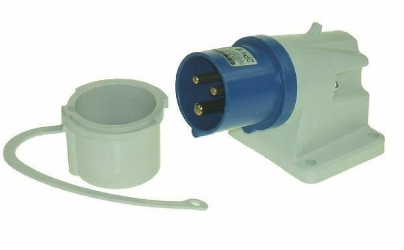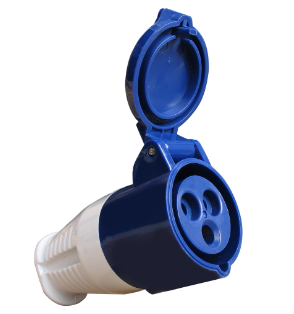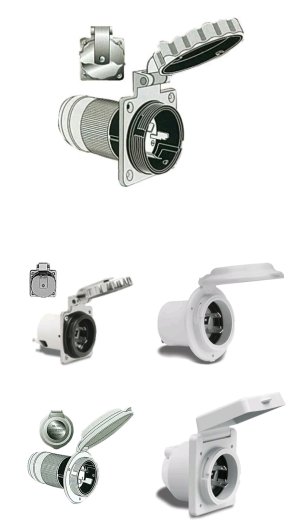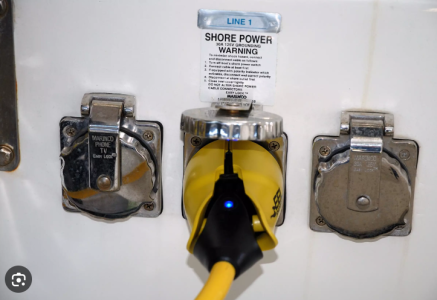MelanieC
New member
I've just purchased my boat and keen to plug it into mains so I can get cracking on some jobs - only the socket for mains connection on the boat is female. I did read a thread about this, but I didn't understand the solutions being suggested only that a cable with male at both ends was a bad idea. There was mention of caravan setups, but I'm not seeing how that provides a solution. I would really appreciate it if someone could explain to me if there is a solution in simplistic language.
Failing a solution, how hard is it going to be to just change the socket to a standard socket?
Also what I can't understand is how all the electrics have clearly been done to current standards.... why would someone then put in or leave a socket that is incorrect ?
Your help greatly apprecatied.
Previous thread on this subject at the following link:
Commando sockets
Failing a solution, how hard is it going to be to just change the socket to a standard socket?
Also what I can't understand is how all the electrics have clearly been done to current standards.... why would someone then put in or leave a socket that is incorrect ?
Your help greatly apprecatied.
Previous thread on this subject at the following link:
Commando sockets






